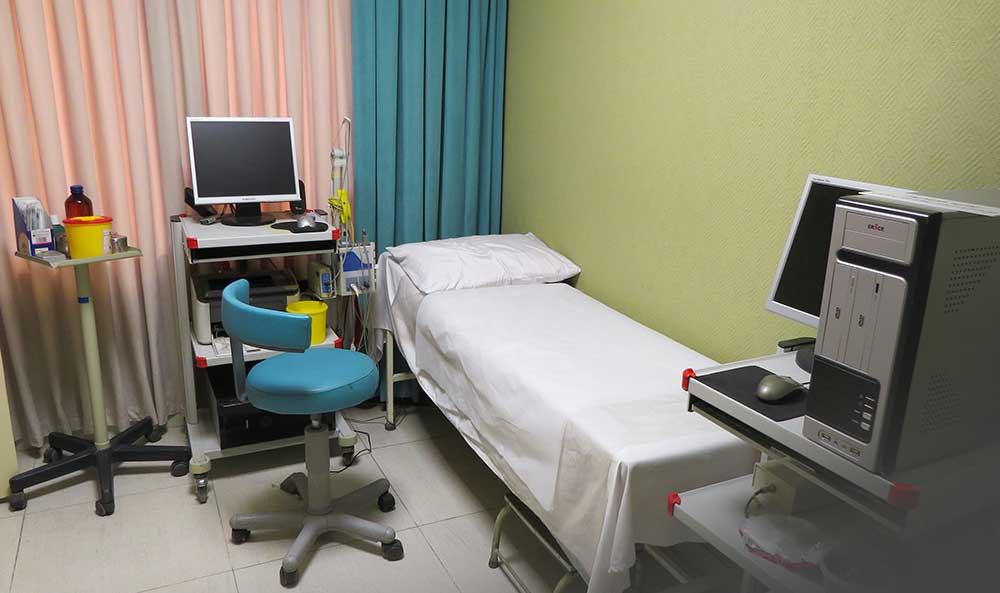
EMG & EEG
Nerve and muscle tape and brain tape of Behbood specialized and sub-specialized hospital, located on the first floor of Yas building, is ready to serve esteemed clients of all ages by using specialized doctors and new and modern equipment.

Nerve and muscle tape is a diagnostic method used to assess the health of the muscles and nerve cells that control them (motor neurons).
Motor neurons transmit electrical signals that cause muscles to contract. Nerve and muscle tape testing converts these signals into graphs, sounds, or numerical values that are examined and interpreted by a specialist.
Neuromuscular test uses small devices called electrodes to send and detect electrical signals.
In the nerve tape, an electrode needle is inserted directly into the muscle to record electrical activity in the muscle.
Nerve conduction, which is another part of the nerve and muscle strip, uses electrodes attached to the skin (surface electrodes) to measure the speed and power of signal transmission between two points.
Nerve and muscle strip test results can reveal nerve dysfunction, muscle dysfunction, or other problems related to signal-to-muscle transmission.
Why nerve and muscle tape?
Your doctor may prescribe a nerve and muscle strip when you have signs and symptoms of a muscle or nerve cell disorder. Some of these signs are:
- Tingling
- numb
- Muscle weakness
- Pain or muscle cramps
- Pain in some organs
Nerve and muscle strip test results
The results of this test are usually needed to help diagnose or rule out a number of diseases, including the following.
- Muscular disorders such as muscular dystrophy or polymyositis
- Diseases that affect the junction between nerves and muscles, such as myasthenia gravis
- Extracranial nerve disorders (peripheral nerves) such as carpal tunnel syndrome or peripheral neuropathy
- Disorders that affect motor neurons in the brain or spinal cord, such as amyotrophic lateral sclerosis or polio
- Disorders that affect nerve roots, such as intervertebral disc herniation
